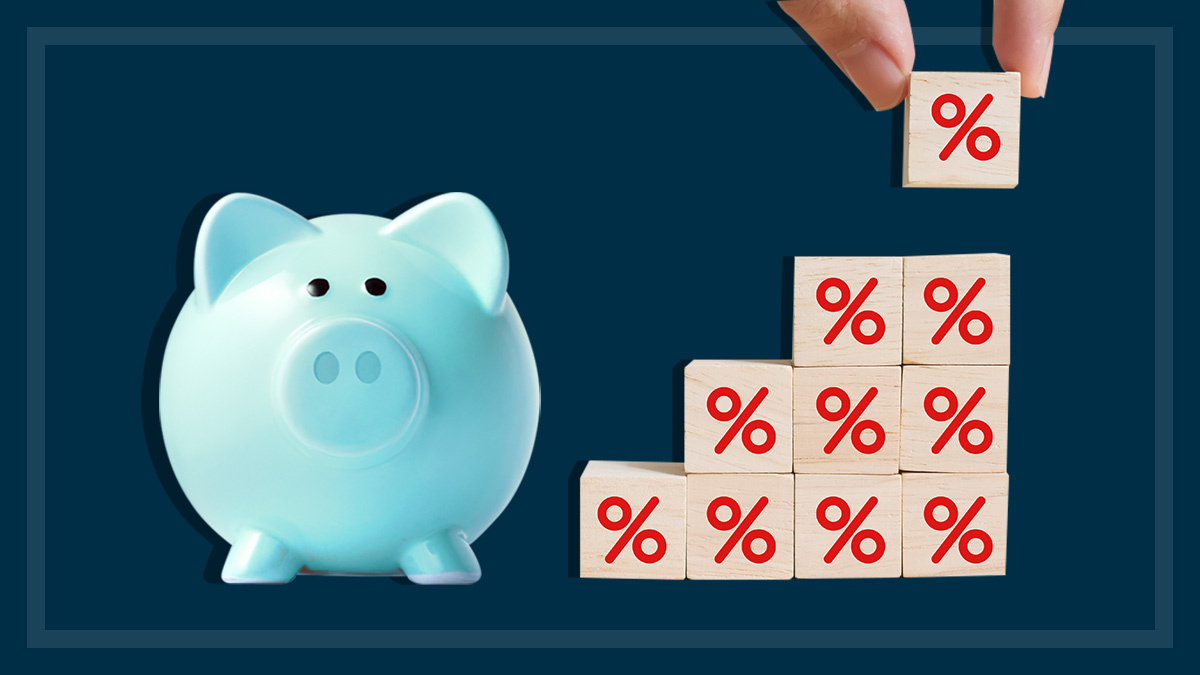Australia is renowned for its stunning landscapes, vibrant cities, and unique wildlife, but beneath its picturesque exterior lies a complex financial landscape. The Australian economy has demonstrated resilience, but it is also marked by rising household debt levels, which pose significant challenges to financial stability. Understanding the intricate relationship between banking rates and household debt in Australia is essential for both policymakers and consumers.
Australia’s financial system is robust, characterized by a well-regulated banking sector dominated by a few major players. The Reserve Bank of Australia (RBA) serves as the central bank, setting the cash rate, which influences interest rates across the economy. This cash rate is a critical tool for managing inflation and stimulating economic growth. However, it also significantly impacts borrowing costs for households, leading to a complex interplay between banking rates and household debt levels.
The Current State of Household Debt in Australia
In recent years, household debt in Australia has surged to unprecedented levels, making it one of the highest in the world relative to income. According to the RBA, household debt-to-income ratios have risen sharply, with many families borrowing substantial amounts to purchase homes, invest in property, or fund their lifestyles. As of 2023, the average household debt was reported to be over 200% of disposable income. This alarming trend has raised concerns among economists and policymakers about the potential risks to financial stability.
High levels of household debt can create vulnerabilities in the economy, particularly when interest rates rise. As the RBA adjusts the cash rate in response to inflationary pressures or economic conditions, the corresponding increase in banking rates can place significant strain on households with large debt burdens. When mortgage rates rise, for instance, many households face higher monthly repayments, which can lead to financial stress and, in some cases, default on loans. This cyclical relationship between interest rates and household debt underscores the importance of understanding how monetary policy decisions affect the average Australian family.

The Impact of Banking Rates on Household Debt
The banking rates set by the RBA directly influence borrowing costs for households. When the RBA lowers the cash rate, borrowing becomes cheaper, encouraging households to take on more debt. Conversely, when the RBA raises rates to curb inflation, the cost of servicing existing debts increases. This dynamic can create a feedback loop, where rising interest rates lead to financial strain, resulting in decreased consumer spending and overall economic growth.
For many Australians, their home loans represent the largest portion of their debt. With the average mortgage rate being closely tied to the RBA’s cash rate, any increase in interest rates can lead to significant increases in monthly repayments. As households stretch their budgets to accommodate these costs, discretionary spending on goods and services often takes a hit. This can create a ripple effect throughout the economy, impacting businesses and leading to a slowdown in growth.
The Role of Housing Prices
Another critical factor in the relationship between banking rates and household debt levels is the housing market. Australia has seen a dramatic rise in property prices over the past two decades, making homeownership increasingly difficult for many families. As home prices rise, households often find themselves taking out larger mortgages to secure a property. This tendency is exacerbated in urban areas where demand for housing outstrips supply.
When banking rates are low, it encourages more people to enter the housing market, further driving up prices. However, if the RBA decides to increase rates to combat inflation, higher borrowing costs can lead to a cooling off in the housing market. This potential decrease in housing prices can further complicate the debt situation for households, as homeowners may find themselves in negative equity—owing more on their mortgage than their home is worth.
Looking Ahead: Policy Implications
Given the current trajectory of household debt levels in Australia, it is crucial for policymakers to carefully consider the implications of banking rates on consumers. While the RBA’s primary objective is to maintain price stability, the consequences of their decisions ripple through the economy, impacting the financial wellbeing of households.
One potential approach to addressing these challenges is the implementation of more stringent lending standards. By ensuring that households do not take on excessive debt relative to their income, lenders can help mitigate risks associated with rising interest rates. Additionally, targeted financial education initiatives can empower consumers to make informed decisions about borrowing and managing their debts, promoting greater financial literacy.
The relationship between Australian banking rates and household debt levels is a complex and dynamic one. As Australia navigates its financial landscape, understanding this link is essential for fostering economic resilience. By recognizing the impact of interest rates on household borrowing, both consumers and policymakers can make more informed decisions to promote financial stability and sustainable economic growth. As the RBA continues to adjust rates in response to changing economic conditions, the effects on household debt will remain a critical area of focus for the foreseeable future.

 Staying informed about economic indicators and central bank policies is vital for successful portfolio management. Key indicators such as GDP growth, unemployment rates, and inflation data can provide insights into the economic climate and inform your investment decisions. Additionally, closely monitoring the RBA’s announcements regarding interest rate changes can help you anticipate market movements and adjust your portfolio accordingly.
Staying informed about economic indicators and central bank policies is vital for successful portfolio management. Key indicators such as GDP growth, unemployment rates, and inflation data can provide insights into the economic climate and inform your investment decisions. Additionally, closely monitoring the RBA’s announcements regarding interest rate changes can help you anticipate market movements and adjust your portfolio accordingly. As of late 2024, the Reserve Bank of Australia (RBA) has been adjusting the cash rate in response to inflation and economic growth. The cash rate is a critical benchmark that influences other interest rates across the financial system, including those for mortgages and savings accounts. In recent months, the RBA has been cautious in its approach, gradually raising rates to combat inflation while considering the impact on borrowers and savers.
As of late 2024, the Reserve Bank of Australia (RBA) has been adjusting the cash rate in response to inflation and economic growth. The cash rate is a critical benchmark that influences other interest rates across the financial system, including those for mortgages and savings accounts. In recent months, the RBA has been cautious in its approach, gradually raising rates to combat inflation while considering the impact on borrowers and savers.